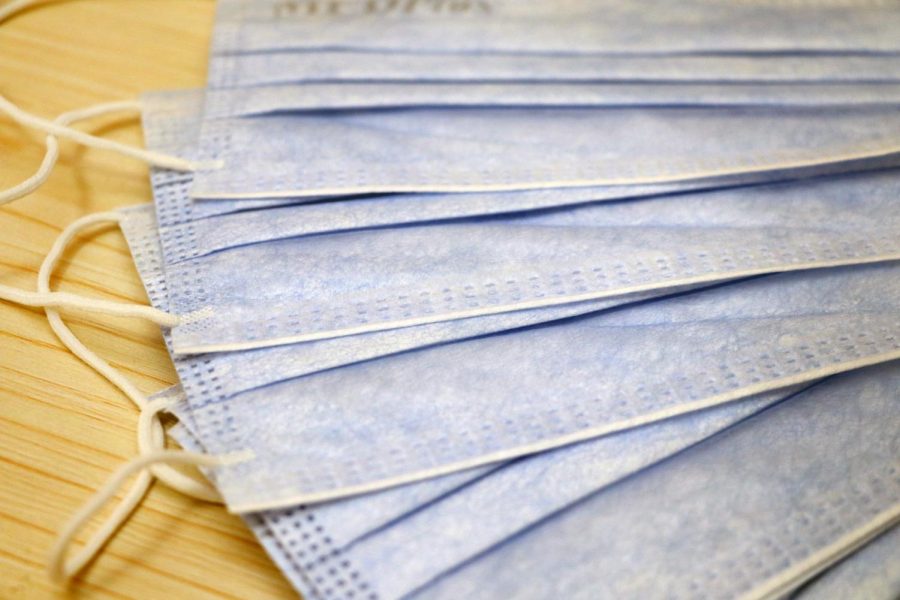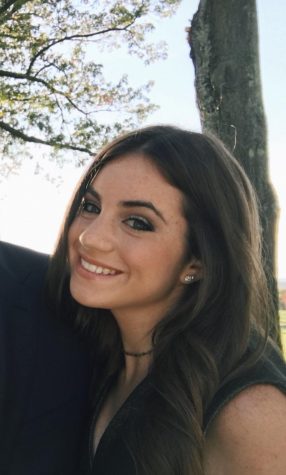Q&A: Hackensack doctor describes her coronavirus experience
Photo courtesy of Mick Haupt/Unsplash
In the face of the coronavirus outbreak, New Jersey hospitals are facing unprecedented challenges in terms of volume of patients.
April 21, 2020
Michele L. Donato, MD, FACP, CPE, has more than 20 years of both clinical and research experience in cellular therapy and bone marrow and stem cell transplantation. At John Theurer Cancer Center in Hackensack, New Jersey, she runs one of the region’s largest bone marrow and stem cell transplant programs and one of the world’s biggest photopheresis centers. Michele recently had to transition to a full time Coronavirus researcher due to the given circumstances. When speaking to Michele on April 8, she described in detail the symptoms of the virus, how it affects others, her major lifestyle change and more.
Q: Can you describe what it has been like working at the hospital and helping patients in need?
A: From a hospital perspective, we’ve seen a number of patients. Almost 500 patients at the hospital and where normally we have 2 ICUs, we now have 7 ICUS set up with patients. The amount of patients being admitted is enormous, 50-80 patients with COVID-19 each day. It is an overwhelming number of patients. We even had to turn the cafeteria into a patient unit.
Q: When someone comes in with symptoms, what is the procedure? What steps do the doctors and nurses have to follow?
A: In the patient clinic, every patient gets a call the night before to see what symptoms they are feeling. When walking into the hospital every person gets their temperature taken and a mask to put on. If someone has fever and heavy symptoms, they are taken to a separate elevator. They go to an isolation room where we assess them. We have to wear personal protective equipment. There we can test them, examine them, do their labs, and decide if they have to be admitted to hospital. If they test positive but they are healthy enough to be home then they go home. If they are not, then they are admitted to the hospital. There are two phases to the virus: viral phase and immune phase. Viral is when the virus has activated and the person feels as though they have a cold. Immune phase is the second phase where the patient gets sicker, feels lung congestion, and difficulty breathing.
Q: What is your take on the virus? What advice are you giving people, and when do you think it’ll start coming to an end?
A: It is crucial that people follow the guidelines of social distancing. It slows down the number of people that get the virus at any given time. Hospitals need time to help the patients they currently have. We need to flatten the curve so people won’t get sick all at the same time. While we are finding that older people are at higher risk, younger people can get very sick as well. Younger people can be on ventilators. We expect the peak is around the 16th and we hope after that it will level off.
Q: What do you suggest to those at home? What advice can you give people who currently are fine and just trying to stay healthy? What precautions do you think are most efficient?
A: If you’re not in contact with people that have the virus you won’t get the virus. You must keep staying away from people. No cheating. By this I mean gathering to see your friends while still standing 6 feet apart can still be harmful because if a person coughs it can travel many meters. I say to stick to Zoom!
Q: How has this affected your life? Your job? Your personal life? Your family? Your community? Explain major differences now versus before the virus.
A: All of a sudden my team went from being cancer researchers to infectious disease researchers. Cancer just moved to COVID. Completely flipped 360 degrees. Because it spreads so quickly 50 more people die each day, 200 more people each die, etc. There’s extreme pressure to get study done right away, every day there are more and more people that don’t have access to potential treatment. Everyday of the week, night and day, we are working. My poor family is home alone without me most of the time and when I come home I’ve more or less been exposed to patients. It’s definitely challenging for families. But everyone, doctors, nurses, etc, are helping.


